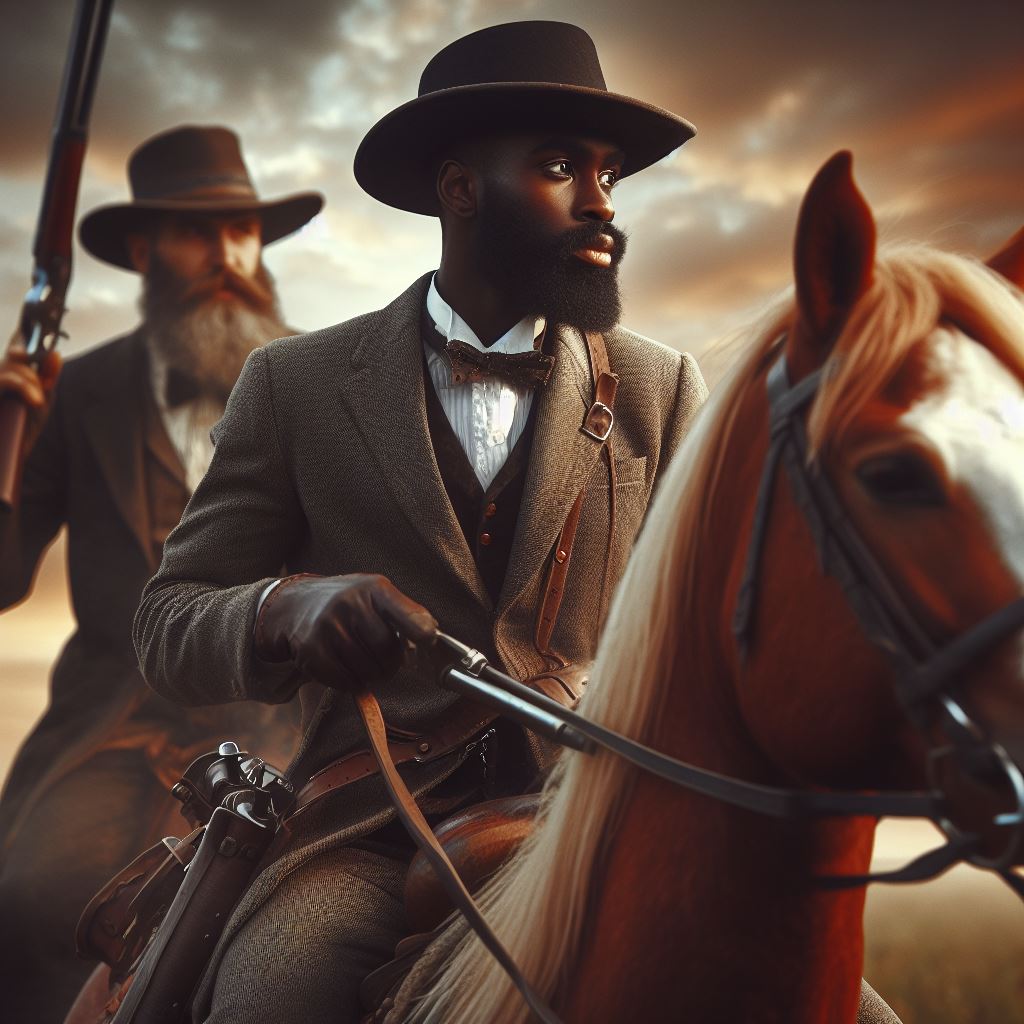“Here, before God, in the presence of these witnesses, from this time, I consecrate my life to the destruction of slavery!”
Winner of the American National Book Award in 2013, “The Good Lord Bird” by James McBride is the story of an abolitionist by the name of John Brown, told through the eyes of a fictitious young slave named Henry Shackleford, who was forced to masquerade as Henrietta due to what looked like initial confusion of John Brown’s part, a confusion which Henry preferred to indulge in rather than try and clarify.

“The Old Man” or “The Captain”, as he used to call John Brown, is painted as a religious fanatic obsessed with freeing black people from slavery and willing to do anything to achieve his purpose, sometimes even ignoring what the black people wanted (pretty much anything but to fight, which he automatically assumes they’d be open to). He also used to ignore the well-being of the people around him, or his own, and for some reason, he seemed extremely lucky, as he was close to death quite a few times during the story.
Henry himself attempted to escape a few times, only to bump right back into John Brown’s crew through some unforeseen chain of events. He gave up at some point and even changed his mind when the occasion arose again, inherently realizing that one can’t escape fate. Probably the same reason John Brown did not die all those times.

The story is fascinating and keeps you hooked at times. It is entirely made of three big segments, the first two (Kansas and Missouri) being very close in vibe to classic Karl May books I used to read back when I was young.
The last part, Virginia, was bigger, but in a sense, it was lesser, as it felt like the end from the beginning. I knew the downfall would come, as would anyone who read a bit of history and was even remotely familiar with the persona of John Brown.
Now I admit, I didn’t know at all anything about him until I saw the mini-series this book was made into (yes, I saw the miniseries first and read the book some years later). Still, I’ve read up on him more than a few times after that, as he’s a fascinating figure, and even though the plot itself was fictitious, the grand events weren’t. As such, I had an idea of what was about to happen in Virginia.

First of all, I’m not going to spoil it (it’s not exactly what you think), but I do recommend this book to anybody fascinated enough by US history and abolitionism in general. And I also recommend the miniseries, preferably after reading, or a few years before, if you know what I mean.
Note that if you are expecting “Cowboys and Indians”, this isn’t it. While it has the vibe of Karl May’s books in the first part, it doesn’t have the same type of action. It’s not as dynamic and at moments it could bore you, so it’s definitely not for kids or people with low attention spans.
One thing that put me off from reading it for so many years was the cover, for some reason, all editions of this book have unattractive covers, and I don’t understand why.
I think the correct mark for this book is a solid 4/5. I enjoyed reading it and it opened up my appetite for Westerns again, rushed in with a wave of nostalgia for the books I used to read when I was a kid.
“Here, before God, in the presence of these witnesses, from this time, I consecrate my life to the destruction of slavery!” – John Brown
